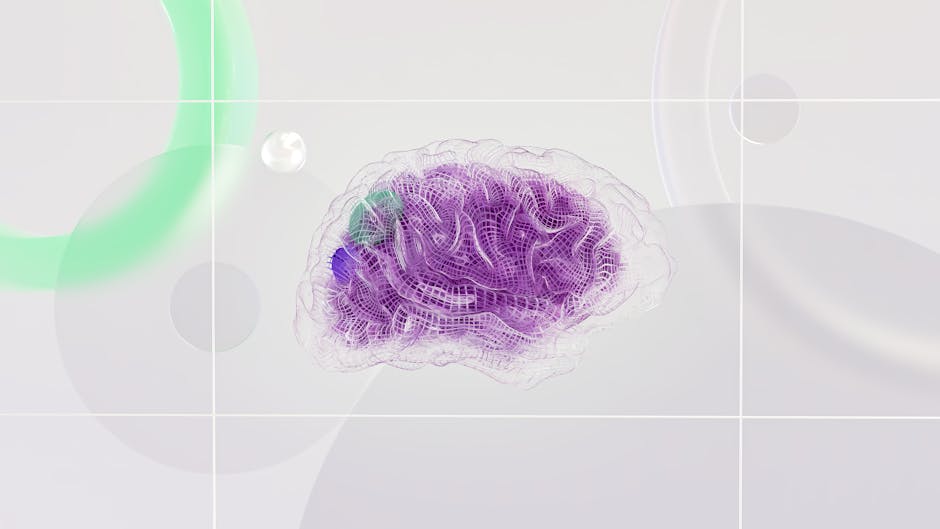
Weather profoundly impacts our daily lives, influencing everything from our morning commute to global supply chains. For decades, meteorologists have strived for greater accuracy, but a persistent challenge has been bridging the gap between large-scale atmospheric models and the highly localized weather conditions that truly affect us. Imagine planning an outdoor event, only for a sudden, localized downpour to ruin it, despite the broader forecast predicting clear skies. This common frustration highlights the need for a more granular approach.
Enter Weathernews Inc., a pioneer in weather information services, which is set to revolutionize this landscape. The company has announced the creation of high-definition 1km square forecasts, powered by its proprietary AI-powered downscaling technology. This isn't just an incremental improvement; it's a fundamental shift promising unprecedented precision and a future where weather forecasting becomes hyper-local, deeply personal, and incredibly impactful.
The AI Advantage: Unpacking Downscaling Technology
At its core, "downscaling" refers to the process of taking weather information from a coarse-resolution model and transforming it into a higher-resolution, more detailed output for a specific, smaller area. Think of it like zooming in on a map – the more you zoom, the more detail you see. Traditional weather models operate on a much larger grid, meaning a single forecast might cover tens or even hundreds of square kilometers. While useful for general trends, this broad-brush approach often misses the critical nuances of local weather patterns.
What is "Downscaling" Anyway?
Downscaling aims to predict specific conditions within these larger grid cells. For example, a large model might predict rain over an entire city, but in reality, it could be raining heavily in one district while another just a few kilometers away remains dry. This is where Weathernews Inc.'s proprietary AI-powered downscaling technology shines. Instead of simply interpolating data, their AI engine leverages vast amounts of historical and real-time data, learning complex relationships between large-scale weather phenomena and ultra-local conditions. It can identify patterns and make intelligent predictions that traditional methods often cannot.
The Power of AI and 1km Precision
The "AI-powered" aspect is crucial. Machine learning algorithms can process immense datasets, identify subtle indicators, and continuously refine their predictive models. This leads to forecasts that are not only more accurate but also more dynamic, adapting to rapidly changing local conditions. The target resolution of 1km square forecasts is particularly groundbreaking. A 1km square is a small, actionable area – small enough to differentiate weather between neighborhoods, specific stretches of highway, or even parts of a large industrial complex. This level of granularity moves us beyond "it might rain in the region" to "expect heavy showers on this specific street corner at this exact time."
Beyond the Umbrella: Societal Impact and User Benefits
The implications of such precise weather forecasting extend far beyond simply knowing whether to bring an umbrella. This technology promises to transform numerous sectors and enhance daily life in profound ways.
For Individuals: A New Level of Personal Safety and Convenience
- Safer Commutes: Imagine receiving an alert about localized black ice on your specific route or a sudden downpour on your way home, allowing you to adjust your travel plans or take an alternate path.
- Optimized Outdoor Activities: From planning a hike to scheduling a barbecue, 1km forecasts mean you can rely on the weather information for your precise location, avoiding unexpected disruptions.
- Personalized Alerts: Future smart devices could integrate this data, providing highly relevant weather advice for your immediate surroundings, improving comfort and preparedness.
Transforming Industries: From Farm to Freight
The economic impact of more accurate, localized weather data is immense:
- Agriculture: Farmers can make critical decisions with unprecedented confidence – when to plant, irrigate, apply pesticides, or harvest. Precise rainfall and temperature data for individual fields can optimize yields and minimize waste, contributing to global food security.
- Logistics and Transportation: Shipping companies and delivery services can optimize routes to avoid severe weather, reducing delays, fuel consumption, and accident risks. Autonomous vehicles will rely heavily on such hyper-local data for safe navigation.
- Construction: Project managers can schedule sensitive outdoor work, such as pouring concrete or roofing, with greater certainty, minimizing weather-related delays and improving safety on site.
- Energy Sector: For renewable energy sources like solar and wind, accurate 1km forecasts can predict energy output much more precisely, aiding grid management and optimizing energy distribution.
- Disaster Preparedness and Response: Emergency services can issue highly targeted warnings for flash floods, heavy snowfall, or severe winds, enabling more effective evacuations and resource deployment to specific areas, ultimately saving lives and reducing damage.
The Future is Clearer: A Glimpse Ahead
Weathernews Inc.'s proprietary AI-powered downscaling technology is not just a technological marvel; it's a foundational step towards a future where weather is no longer a broad, unpredictable force, but a precisely understood and actionable element of our environment. As AI continues to evolve and more data becomes available, the accuracy and detail of these 1km square forecasts will only improve.
This innovation paves the way for deeper integration with smart cities, autonomous systems, and personalized digital assistants, creating a seamless flow of highly relevant weather intelligence. Weathernews Inc. is positioning us at the forefront of this hyper-local weather revolution, empowering individuals and industries alike to make smarter, safer, and more efficient decisions in the face of nature's ever-changing moods.
Comments
Post a Comment